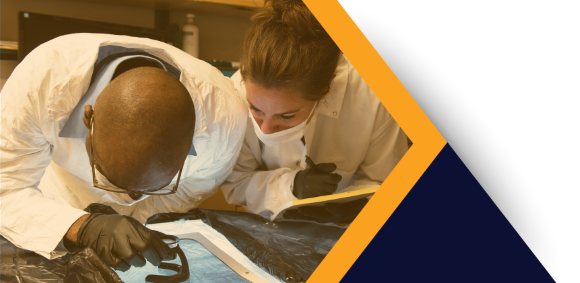Meet Dr. Emma Renteria

Dr. Emma Renteria
Advisor: Dr. Francesca Cavallo
Institution: University of New Mexico
Bio: Emma J. Renteria is an IC postdoctoral researcher at the University of New Mexico working on multifunctional 2D materials that integrate electromagnetic shielding and infrared detection functionalities. Before starting her IC postdoctoral fellowship, she was a postdoctoral fellow at the Center for High Technology Materials at the University of New Mexico working on the development of high-power diode lasers, single-photon emitters and detectors, smart materials for antenna devices, and passivation techniques for AlSb gamma detectors. Dr. Renteria received her Ph.D. in Electrical Engineering with concentration in Optoelectronics from the University of New Mexico in 2017 focusing on ultra-thin film III-V photovoltaic and thermophotovoltaic technologies. She has a B.S. in Chemical Engineering with concentration in semiconductor manufacturing also from the University of New Mexico. Her current research interests are in the synthesis, processing, and characterization of inorganic nanosheets for radiofrequency applications. She has presented her work in national conferences, such as EMC, PVSC, MRS, and NAMBE. She has published 15 journal papers. She is also an active participant in outreach events that promote STEM to younger generations. During her time at CHTM, she has mentored over 20 students.
Abstract: This research project addresses the grand challenge of integrating infrared photodetectors with electromagnetic interference shields that operate in relevant frequency bands to current and future communication systems. The work will establish a multi-functional materials platform that guarantees the reliable operation of electronic devices in an environment that is increasingly saturated with electromagnetic interference. The approach uses highly doped semiconductor nanomembranes as front-end infrared-transparent electromagnetic shields and 2D materials-semiconductor-based infrared detectors integrated on the back surface of the semiconductor nanomembrane. The overarching goal is to establish robust fabrication processes and fundamental process-structure-property relationships of ultra-thin materials that can block incident electromagnetic waves ranging from 8 to 110 GHz while detecting infrared radiation.



